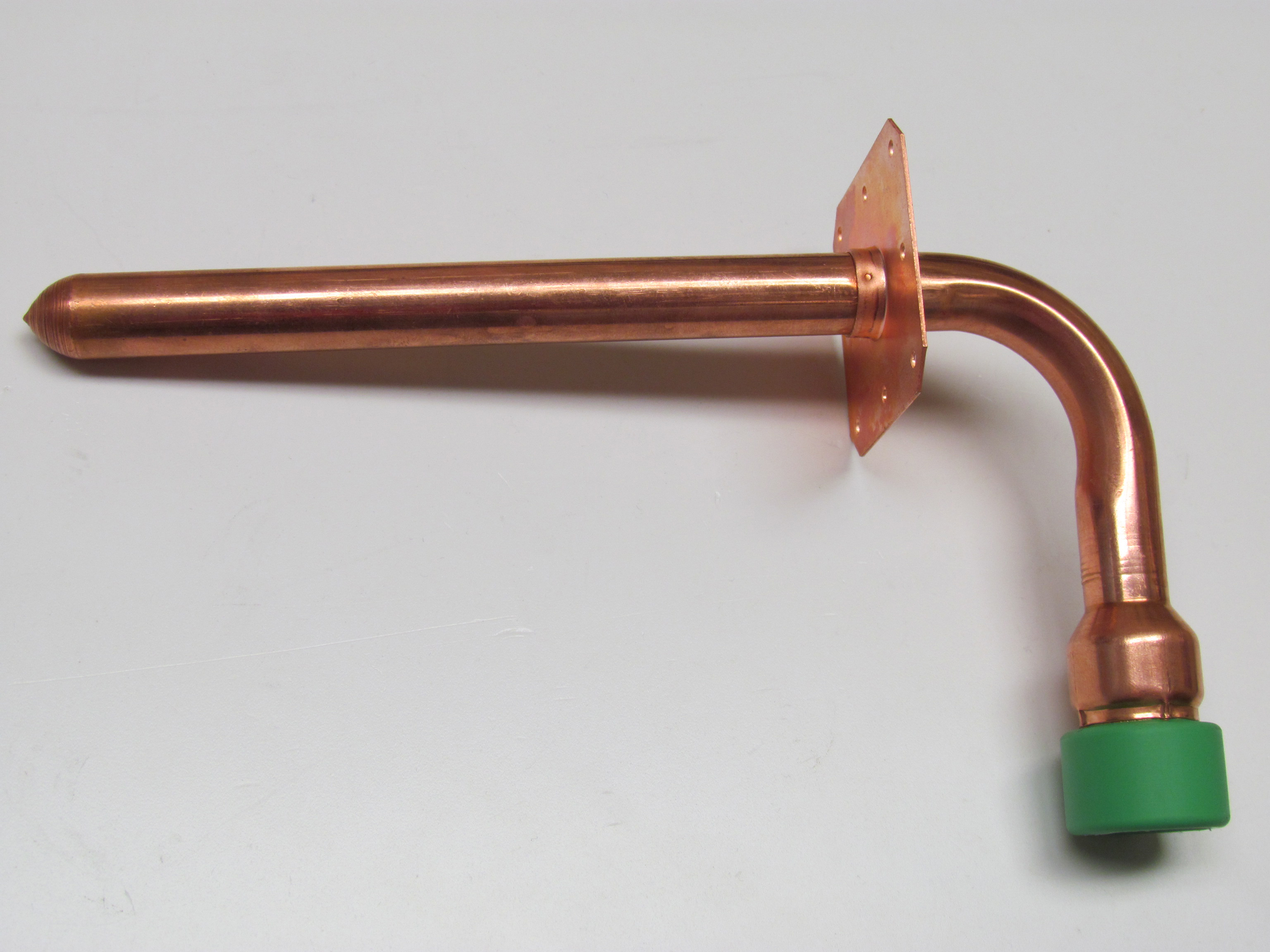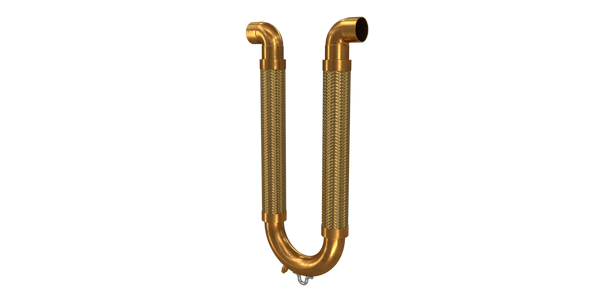Understanding Coronavirus Exposure for Plumbing Professionals
By Peter DeMarco, executive vice president of advocacy and research – The IAPMO Group
What are the implications for those who work in the plumbing industry and what steps can plumbers take to stay safe? It is likely the COVID-19 coronavirus can indeed be spread through building sanitary drainage systems. This became apparent when the Chinese government identified an outbreak in a Hong Kong high-rise building earlier this year (see the IAPMO white paper).
Therefore, for as long as the pandemic is still active, it should be assumed by anyone working on a sanitary drainage system that the virus is present. Considering the potential to come into contact with water and aerosols that contain the coronavirus when working on sanitary systems or sewers, it is highly recommended that plumbers wear proper personal protective equipment, including a full face shield worn over safety glasses, and gloves.
Of course, plumbers work on sanitary drainage systems that contain fecal matter and a host of dangerous pathogens every day. Taking careful precautions to prevent contact with wastewater and proper hand and arm hygiene is a matter of good practice for plumbers. In the U.S., the Occupational Safety and Health Administration provides standards for worker protection. OSHA Standard 29 CFR 1926, Safety and Health Regulations for Construction provides the requirements for construction worker safety, including plumbers who work on sanitary drains, vent systems and sewers. The standards are available free at https://www.osha.gov/laws-regs/regulations/standardnumber/1926.
The most important subsections for plumbers to review are: 1926.20 – General safety and health provisions; 1926.21 – Safety training and education; 1926.22 – Recording and reporting of injuries; 1926.23 – First aid and medical attention; 1926.28 – Personal protective equipment; 1926.50 – Medical services and first aid; 1926.95 – Criteria for personal protective equipment; 1926.102 – Eye and face protection and 1926.103 – Respiratory protection.
Additionally, ASSE International’s Series 12000 Standard, Professional Qualifications Standard for Infection Control Risk Assessment for All Building Systems, is a standard that sets minimum criteria for the training and certification of pipe trades craftspeople, and other construction and maintenance personnel, on how to safely work in an environment with the potentially deadly diseases that may be present within worksites. While the pandemic remains ongoing, ASSE International is making the ASSE Series 12000 Standard available for free at https://asse-plumbing.org/12000-2018 . The ASSE 12000 certification training addresses viruses, including the Sever Acute Respiratory Syndrome virus, but does not specifically reference COVID-19.
We welcome plumbers from across the globe to consider professional qualification for infection control risk assessment, especially when working on sanitary systems that have a high probability of being contaminated with COVID-19, such as healthcare facilities and hospitals.
Finally, common sense still reigns supreme. Plumbers are advised to increase the frequency of hand washing and wash for at least 20 seconds with soap and water (even longer hand washing time is good practice after contact with wastewater); avoid touching of the face; cover any open cuts or wounds and wear proper PPE. If you personally come into close proximity, or into direct contact with an infected person, immediately report the incident to your supervisor and to your doctor or healthcare provider.
Good workplace and tool cleaning practices are also extremely important. Avoid sharing of tools with coworkers to the greatest extent possible. When choosing cleaning chemicals, look for cleaning agents with claims against viral pathogens. If such cleaning agents are not available, use soap and water and dry tools thoroughly after use. Keep your PPE clean as well by following manufacturer instructions carefully.
With no vaccine or treatment regimen currently available, it is important for all workers to be able to recognize the symptoms associated with contracting the coronavirus, which include fever, shortness of breath, and persistent cough. Symptoms can take between 2-14 days to become apparent after exposure to the virus. If you start to feel ill, stop work immediately so as to protect coworkers and others around you, go home, contact your doctor and follow your doctor’s orders! This is critically important when working in a facility that houses immuno-compromised people.
Additional sources of useful information can be found at the links below:
https://www.who.int/emergencies/diseases/novel-coronavirus-2019
https://www.cdc.gov/coronavirus/2019-ncov/index.html
https://www.wef.org/resources/online-education/webcasts/ArchivedWebcasts/CoronavirusWebcastArchive/



